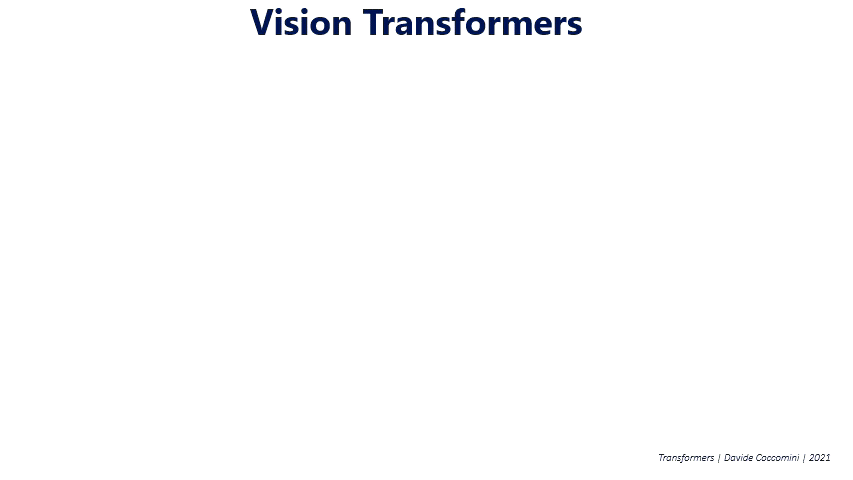Aligning Text, Images & Videos is still a struggle
AI has made extraordinary progress in multimodal learning, particularly in aligning text and images into shared embedding spaces. Models like CLIP and GPT-4V(ision) are prime examples of this success, showing how architectures can bridge the gap between vision and language.
But when we add videos to the mix, the landscape changes dramatically. Despite existing architectures and innovations, aligning text, images, and videos into a common embedding space is still imperfect and incomplete.

Why Does This Matter?
Despite the hype, truly unified multimodal AI systems are still a distant goal. Without bridging this gap, applications like:
- Accurate action recognition in videos 🏋️♀️.
- Real-time activity tracking in industrial automation 🏭.
- Seamless AI content generation (think summarizing a YouTube video in real-time) 🎥.
… remain limited by these architectural shortcomings.
Why Is Video So Challenging?
Unlike text and images, videos introduce the critical dimension of time, resulting in challenges that existing architectures are not fully equipped to handle:
1️⃣ High Dimensionality of Video Data:
- Videos are spatiotemporal in nature, meaning they encompass spatial information (frames) and temporal dynamics (motion over time).
- Processing this requires exponentially more computation and memory compared to static images.
- Models need to process thousands of frames per video while preserving temporal relationships—a non-trivial task.
2️⃣ Temporal Modeling Limitations:
- Current architectures like Vision Transformers (ViTs) and CLIP are optimized for static images and ignore temporal continuity.
- While models like TimeSformer and VideoMAE attempt to integrate temporal features, they require extensive fine-tuning and struggle with long-range dependencies in videos.
3️⃣ Lack of Large-Scale Paired Datasets:
- Text-image datasets (e.g., LAION, COCO) are abundant and well-annotated, but video-text datasets (e.g., HowTo100M, Kinetics) are much smaller and less diverse.
- Without sufficient paired data, pre-training multimodal models becomes a bottleneck.
4️⃣ Modality Gaps:
- Text and images have relatively well-aligned feature spaces. Videos, however, have a dynamic nature that introduces noise and misalignment.
- Existing alignment losses (e.g., contrastive learning in CLIP) are insufficient to capture temporal coherence in videos.
5️⃣ Computational Complexity:
- Training video models is significantly more computationally intensive, often requiring specialized hardware (e.g., TPUs, GPUs with large memory).
- Fine-tuning such models for downstream tasks (e.g., action recognition or summarization) is prohibitively expensive.
6️⃣ Generalization Issues:
- Models pretrained on a specific domain (e.g., YouTube videos) often fail to generalize to other video types (e.g., surveillance or industrial videos).
- This domain dependency highlights the fragility of current multimodal alignment approaches.
Architectural Bottlenecks
Even state-of-the-art architectures face limitations:
- CLIP: Great for text-image alignment but struggles with spatiotemporal reasoning and action recognition in videos.
- Vision Transformers: Scalable and effective for images but require substantial modification (e.g., spatiotemporal patches) to handle videos.
- VideoMAE and TimeSformer: Effective in capturing temporal dynamics but are not designed to align with text embeddings in a multimodal space.
- Cross-Modal Transformers: While promising, they are computationally expensive and rely heavily on pretraining data diversity.
What’s the Potential Path Forward?
Overcoming these bottlenecks requires innovations in both data and architecture:
1️⃣ Unified Architectures:
- Developing architectures that inherently support spatiotemporal reasoning (e.g., hybrid Vision-Language Transformers with temporal embeddings).
- These should seamlessly integrate static and dynamic modalities without excessive fine-tuning.
2️⃣ Self-Supervised Learning:
- Using techniques like masked token prediction (e.g., in VideoMAE) and contrastive pretraining to reduce reliance on labeled datasets.
- Temporal augmentation techniques can help models better understand motion and continuity.
3️⃣ Synthetic Data Generation:
- Creating synthetic video-text datasets using generative AI (e.g., video generation models) to fill gaps in real-world data.
4️⃣ Efficient Computation:
- Exploring efficient architectures like low-rank approximations in transformers and better GPU/TPU utilization strategies.
- Video compression techniques for pre-training without sacrificing spatiotemporal information.
5️⃣ Better Alignment Losses:
- Designing new loss functions that capture temporal coherence, rather than just spatial or sequential similarity.
6️⃣ Domain-Specific Pretraining:
- Pretraining on specific domains (e.g., industrial videos, healthcare) can improve downstream performance where generalization is less critical.
The Vision for the Future
Despite these challenges, progress in multimodal AI will unlock transformative applications:
- 🎥 Real-time action recognition for industrial automation.
- 🛠️ Seamless human-robot collaboration using multimodal inputs.
- 🎮 Immersive AI assistants that can watch, describe, and interact with video content.
But for this to happen, we must overcome the technical bottlenecks holding us back. The future of multimodal AI lies in the perfect alignment of text, images, and videos—something we’re only beginning to scratch the surface of.
Member discussion